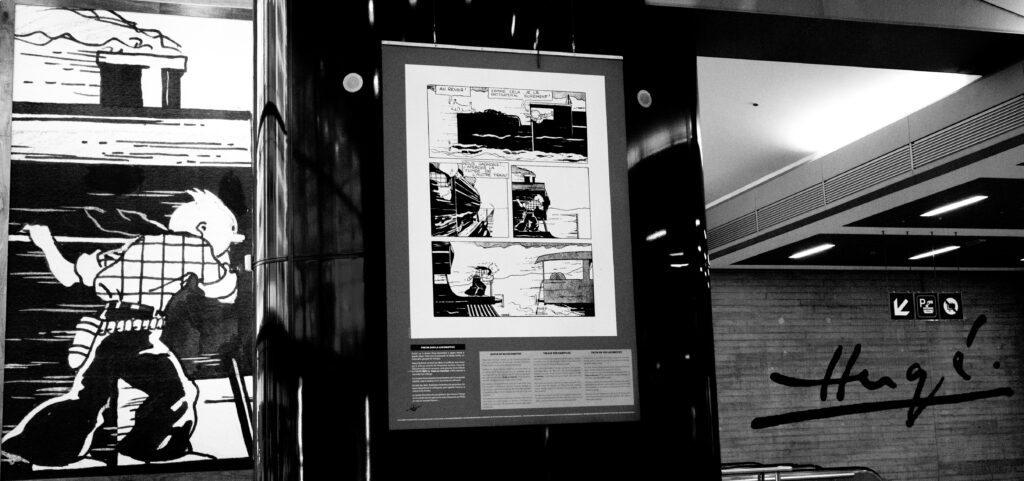
The Belgian art of cartoons – From ‘Mannekesblad’ to comic albums
When you think of comic strips, you tend to think of Belgium. After all, the country has long played a leading role in the world of comic heroes. While Franco-Belgian strips became world famous, the “mannekesbladen” in Flanders started this cultural revolution.
The first mannekesbladen – illustrated publications – became popular with the public in the 18th century. The town of Turnhout in Antwerp province was considered the centre of this new visual development. In 1911, the first text strips by W Seghers were published. The Netherlands followed in 1922 with strips by the Flemish expatriate George Van Raemdonck.
Around this time, the first Franco-Belgian comics also appeared, strips rooted in or influenced by French-language comic magazines from Belgium and France. The first significant figure in Belgian comics was Georges Rémi, alias Hergé, who, in 1926, created text strips for a Catholic scout magazine.
In 1929, he moved away from humour and created the adventure comic strip Tintin for the newspaper Le Vingtième Siècle’s youth supplement. Many cartoonists followed in Hergé’s footsteps.
American comics
Belgium’s success soon ran into a headwind when American comics appeared in the 1930s. The low cost of these foreign comics largely sidelined Belgian authors. The Second World War cut off the supply of American comics, however, giving Belgian authors more opportunities. Artists such as Marc Sleen, author of Nero, and Willy Vandersteen, who created Suske and Wiske, became well-known in Flanders during this period.
In 1946, the comic strip magazine Tintin was founded by Raymond Leblanc, director of the publishing house Le Lombard. The magazine was a great success and was extended to the French market in 1948, at one point reaching a weekly circulation of 650,000 copies. Spirou, another Belgian magazine, also moved to France in 1946.
Comic strip
In the following years, Tintin and Spirou launched a comic strip industry that attracted talented artists from Belgium and Europe. The Franco-Belgian comic strip style became fixed, and the 1960s marked the peak of the Belgian export model. The Tintin magazine was translated and published in about 10 countries, as far away as Turkey and Argentina.
In the 1970s, Belgian comic strips desperately needed a change. There was more room for pessimistic stories and comic heroes with real problems. This breathed new life into comic dramaturgy and appealed more to adults.
Comic albums
In the 1980s, comic magazines lost their leading role to comic albums. The magazines increasingly served as a pre-publication for the albums and lost their relevance and audience. Although the last comic magazine, Tintin, disappeared in 1993, the first issue of the weekly Suske en Wiske magazine, published by Standaard Uitgeverij, appeared a few months later. It was discontinued in 2004.
These comic magazines can be seen today in the Brussels Comic Strip Museum. Another phenomenon highlighting the cultural impact of Belgian comics is the unique postage stamps, comic murals and statues that can also be admired in the capital.
(Belga)
